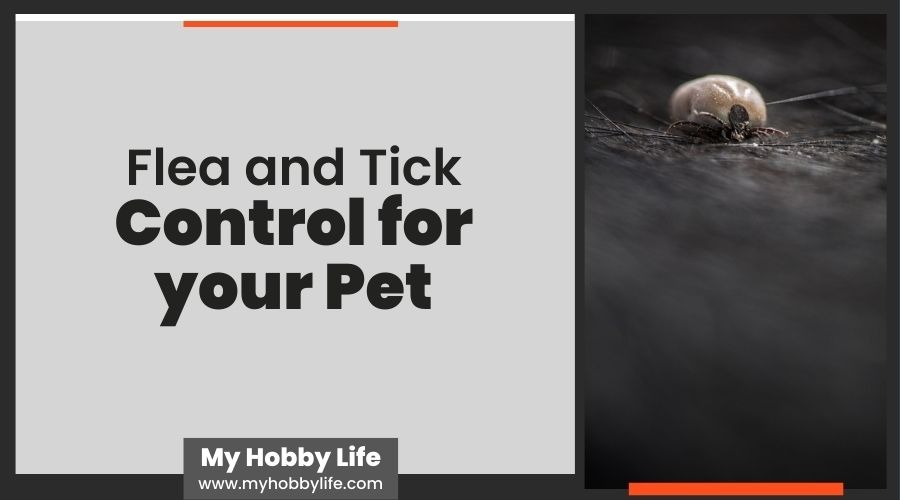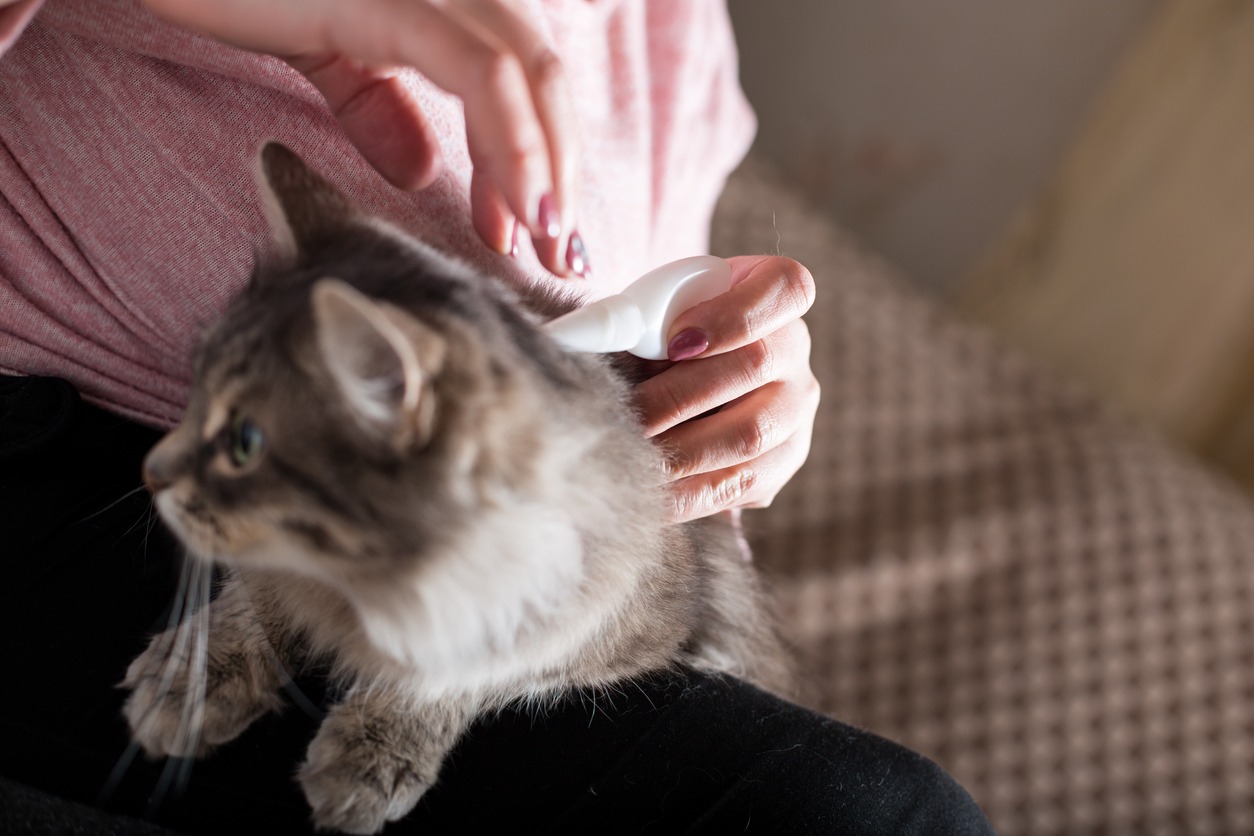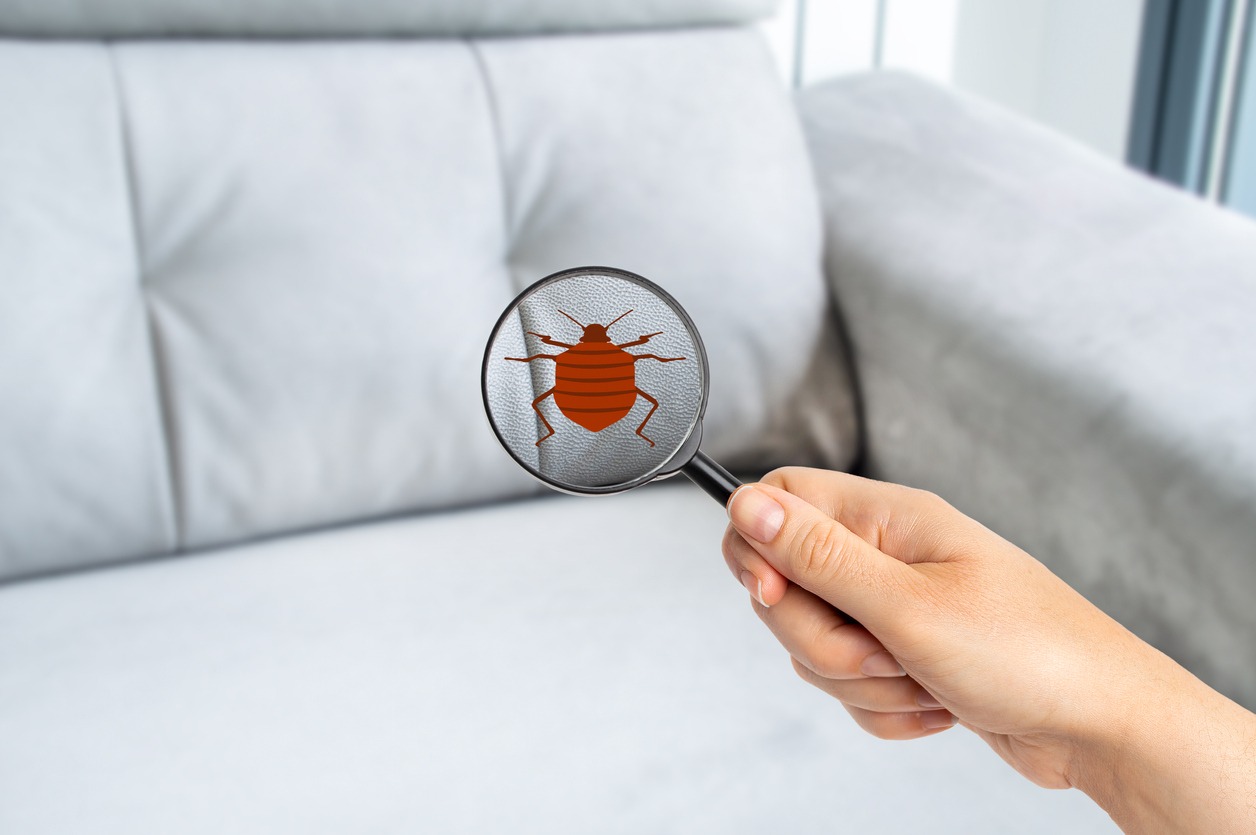It’s crucial for pet owners to maintain their pet’s health throughout the year, which includes using flea and tick prevention medications. It is a common misconception that dogs and cats only need to be safeguarded against fleas and ticks during the summer. To preserve your pets’ health throughout the fall as a pet owner, you must use pet tick and flea control (for both cats and dogs). As the weather becomes chilly, fleas and ticks grow frantic to find a host to keep warm. If you prefer a natural solution, you may also try utilizing essential oils for flea management.
Fortunately, pet owners can protect their animals from fleas and ticks by using a variety of products. If you’re not sure which product is best for your pet, you can also consult a veterinarian. The cost and availability of all flea and tick treatments are determined by the weight of your cat or dog. This means that before buying the products, you would want to find out how much your pet weighs from your veterinarian. If you purchase a package that is too little, you are not adequately safeguarding your pet, and giving them too much medication can be harmful.
Safety Guidelines
- Before using any flea or tick product, consult your veterinarian. This is crucial if your dog has a history of seizures, is taking other medications, is elderly, ill, a puppy, pregnant or nursing, or has a flea allergy. The veterinarian may advise you to use a specific comb to remove fleas, flea eggs, and ticks in certain situations. Following that, you can submerge the insects in a dish of hot, soapy water.
- Observe directions. Avoid using dog products on cats because doing so could be fatal. Use only the amount required for your pet’s size. Never buy two of anything. There’s no need to apply a spot-on treatment after using a powder.
- After applying the medication, put on gloves or wash your hands with soap and water. Observe the recommendations for conserving and getting rid of packaging.
- While the product dries, keep pets separate. They shouldn’t groom each other or consume the chemicals.
- If you’re using the product for the first time, pay close attention for any symptoms of an allergic response. If your dog exhibits symptoms such as an inability to eat, vomiting or diarrhea, excessive drooling, depression, or seizures, call your veterinarian. If your dog reacts poorly after you’ve applied a topical treatment, give them a quick bath in soap and water. Pay attention to any directions on the product insert.
What to Look for in a Product to Prevent Fleas and Ticks
1. Delivery Approach
These days, topicals, oral tablets, shampoos, and collars are just a few of the popular flea and tick control solutions available. While oral tablets are meant to be consumed, topical formulas are a liquid applied to the back of your dog’s neck. Oral medications are preferable if your dog is frequently wet as this can wash off topical treatments; however, they are frequently more expensive than topicals. Frequently, shampoo needs to be applied again several times per month.
2. Active components
The majority of anti-flea and anti-tick products include a pesticide to kill the pests. In order to determine what kinds of insects a flea/tick prevention product kills, whether it is safe to use around children and other animals, and whether it can have adverse effects on your pet, it is vital to examine the active compounds in the product. If unsure, it is best to see your veterinarian to find out which medications will be most beneficial for your dog.
3. Longevity
The length of time that different flea and tick products remain effective varies. While some last for several months, others might need to be reapplied every week or more. This will determine not only how frequently you must administer the medication again, but also how much you must spend on flea and tick treatments each year.
How can you determine whether your Dog has Fleas?
There are a number of obvious symptoms that your dog may have fleas. You should look to see if you can find any of these tiny bugs in your dog’s coat if you notice that itching is worse than usual, especially near the flank or above the tail. You can frequently see “flea dirt,” which appears as tiny black specks or even black bugs that may jump away, if you split your pet’s fur.
What Steps can you take to keep your Dog’s Fleas at Bay?
Just treating your pet won’t cut it. Pests both inside and outside of your home must be managed. Ask your veterinarian or an exterminator which insecticides are safe to use around children and pets if you wish to use them indoors. To handle fleas both indoors and outdoors, take the extra measures listed below:
- Regularly vacuum all surfaces, including the basement, baseboards, and upholstered furniture. After each usage, dispose of the vacuum bag or wash the canister thoroughly.
- Steam clean frequently, paying special attention to the sleeping places of your dog.
- Wash bedding for people and pets on a regular basis.
- Pick up leaves, tall grass, and brush on a regular basis.
- Deer spread ticks, so get rid of plants that attract them.
- Garbage should be covered and kept away from rodents and raccoons since they carry ticks and fleas.
Conclusion
Some people wonder why flea and tick treatment needs to be purchased because it is an expensive element of pet ownership. The explanation is straightforward: fleas and ticks are insects that are uncomfortable and unpleasant, but worst of all; they may transmit diseases to your dogs just like they can to us. Instead of taking the defensive approach, which could result in high vet bills, if you treat your pet as if it were a member of your family, you should prevent it from fleas and ticks.



